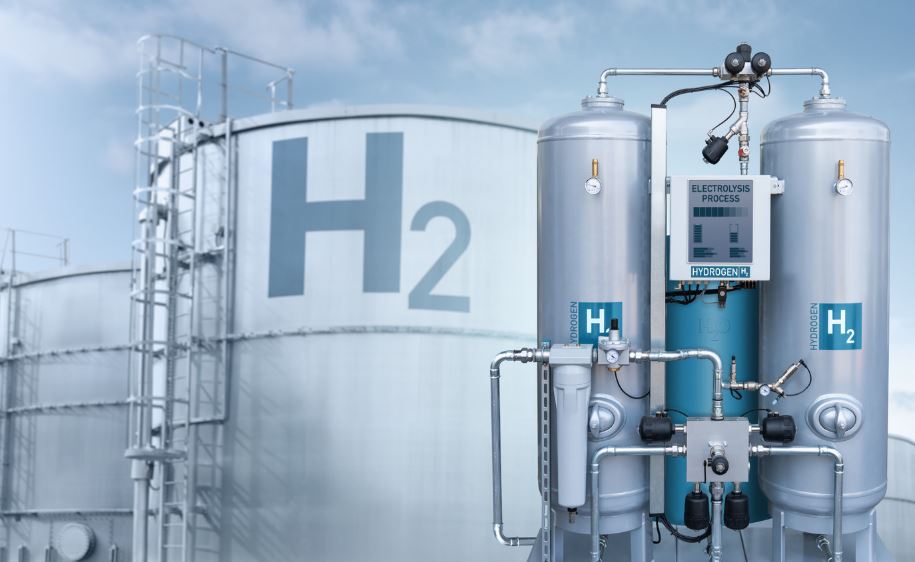In the latest signal that hydrogen infrastructure still has critical reliability gaps to address, emergency services were deployed to the Wunsiedel Energy Park in Bavaria after a hydrogen leak was detected on-site. The incident, triggered by a technical failure in an automatic safety valve, led to a temporary evacuation but no injuries. While the hydrogen was safely vented and operations resumed within hours, the episode has reignited questions about the operational maturity of hydrogen facilities in Europe and beyond.
Systemic Risk in Early-Stage Infrastructure
The Wunsiedel leak is not an isolated case but part of a growing pattern of technical failures occurring at the nexus of hydrogen storage, transport, and handling. Automatic safety valves, designed to prevent precisely such leaks, are meant to serve as a last line of defense in complex systems where pressure control is paramount. A failure of this kind, even when managed without harm, suggests gaps in quality assurance, inspection regimes, or system redundancy.
Technical reliability issues like this one stand in contrast to the sector’s rapid deployment targets. Germany alone aims to install up to 10 GW of electrolysis capacity by 2030, with more than €9 billion earmarked for national and international hydrogen strategies. Yet the pace of development is outstripping regulatory and safety frameworks, raising concerns about whether projects are being pushed forward faster than their operational safety guarantees can mature.





